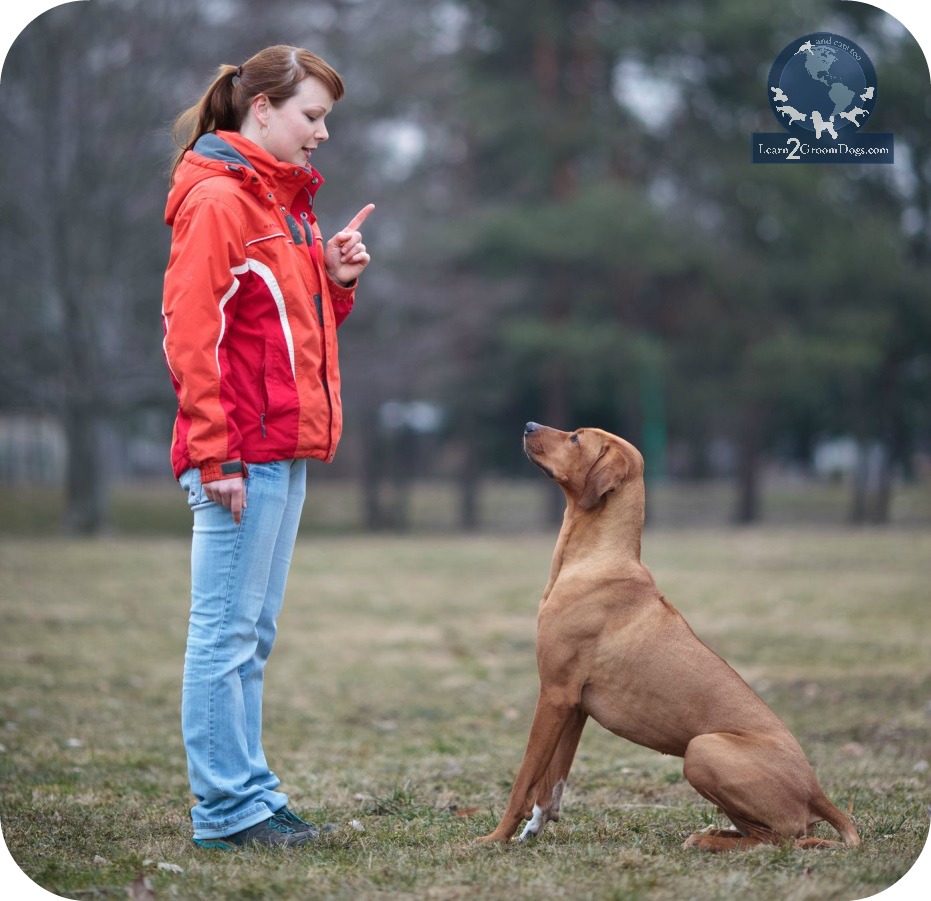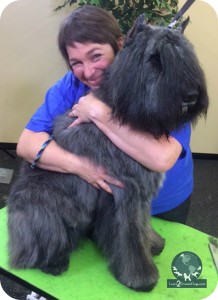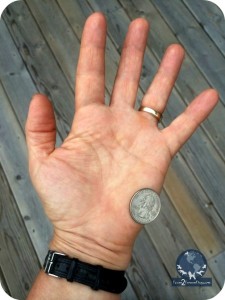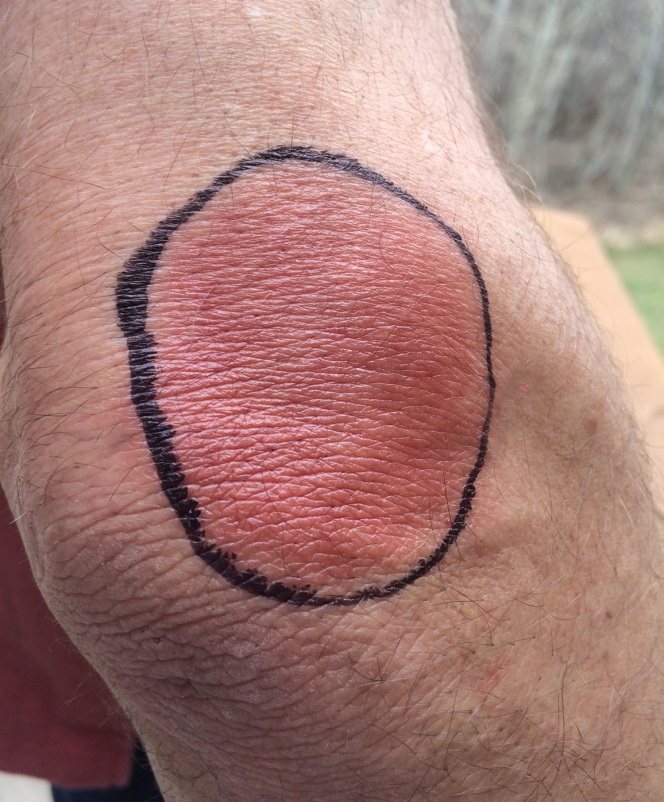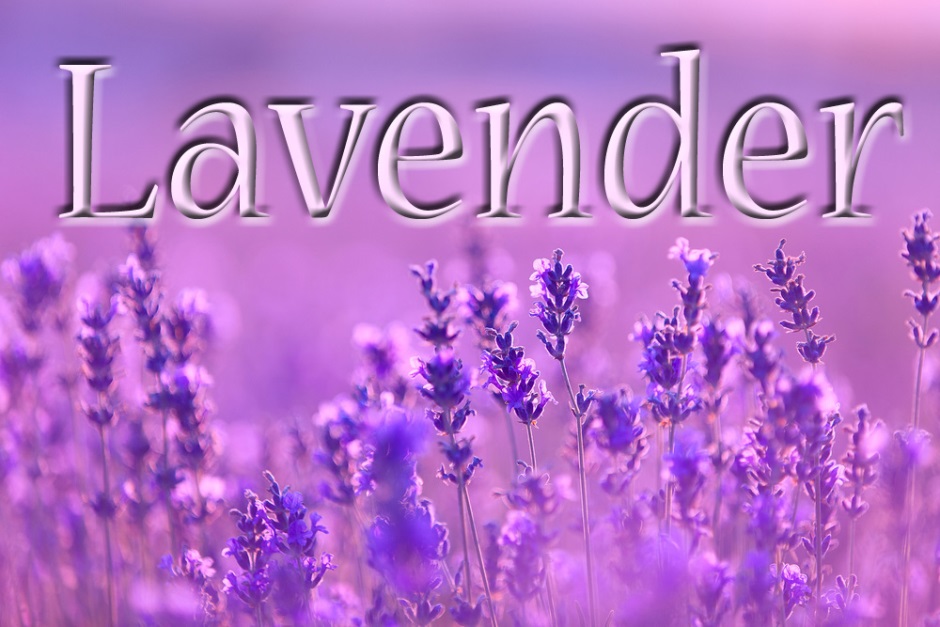 If you’ve been watching the news lately, you have probably heard about the newest illness threatening our pets. Canine influenza (CI), or dog flu, is a highly contagious infection that can have serious implications not only for our pets, but for your business and our industry.
If you’ve been watching the news lately, you have probably heard about the newest illness threatening our pets. Canine influenza (CI), or dog flu, is a highly contagious infection that can have serious implications not only for our pets, but for your business and our industry.
The dog flu originally appeared in Korea, China, and Thailand. Earlier this year, an outbreak occurred in Chicago. This flu can spread quickly from dog to dog by contact with respiratory secretions and contaminated objects. Any dog, regardless of age or breed can fall victim to this illness. This virus can live on surfaces for up to 48 hours, on clothing for 24 hours, and on hands for 12 hours. That means that infected dogs that come into contact with these items can potentially pass on the illness:
- Food and water dishes
- Collars and leashes
- Dog toys
- Kennels
- People who move back and forth between healthy and infected dogs
Experts estimate that 20-25% of exposed dogs will become infected, but may show no actual signs of illness. 80% of infected dogs may develop the flu and have mild symptoms such as a persistent and treatment-resistant cough, similar to kennel cough. They may also include sneezing, runny nose, and fever.
A small percentage of the infected dogs may develop serious issues, including pneumonia or even bleeding in the lungs. Death is also possible in some cases.
Diagnosing and treating the illness should be done by your vet. Most dogs recover within 2-3 weeks.
Those of us in the pet industry must take a leading role in preventing the spread of this illness. That means making a serious upgrade in how we look at cleaning and disinfection of our facilities. Kennels, grooming salons, vet’s offices, and dog parks can help increase – or reduce – the chances of spreading the flu. Because it can take 2-4 days after exposure to develop the flu, it’s important to take steps to prevent the illness before symptoms appear. Being proactive is the best defense.
An outbreak of the flu in your area can have devastating results. Your clients could be affected. Even your own pets can be at risk!
- Imagine what would happen if your salon or kennel experienced an outbreak? No one wants a pet to experience a serious case of the flu, or even mild symptoms of the illness.
- What would the impact be on your business? You would surely see a difference in your daily bottom line as pets become ill and need to stay home to recuperate.
- What about your human clients? Would they feel like you took the necessary steps to prepare for and prevent an outbreak?
- Are you prepared to answer questions about the flu? What about your staff?
 Preventing the Flu: Step One
Preventing the Flu: Step One
It’s important to be plan and be prepared. That means educating yourself and training your staff on what to do if you are in a risk area. Do you make calls to remind your clients of their appointments? That’s a great time to talk about the health of their pet.
Know what you’re going to say before you place the reminder call. That way you know what questions to expect and will be able to answer them without sounding unprepared. Knowing what you are going to say also reduces panic and hurt feelings from sensitive clients.
You might consider creating educational materials for your clients to take home. Those of you who send emails to your clients may consider sending out a newsletter with details about the illness so they can monitor their pets more closely. Posting informative links on your social media outlets is also effective.
Remember – you’re not trying to frighten your guests, so having a script to refer to is a great tool. Know the facts and use them to help create a team with your clients so you can work together on preventing an outbreak.
Step Two
You and your staff should know what symptoms to look for. If a pet client shows signs of illness, it should stay home.
Remember, you are a trained observer and not a vet. You shouldn’t diagnose the pet. But you can certainly suggest that contacting their vet might be a good idea.
Infected pets should be isolated from other pets – that means no trips to the dog park, the kennel, or the grooming salon. If you need to send a pet home, immediately disinfect the area once it leaves your building.
Step Three
Get out your rubber gloves – it’s time to disinfect and sterilize.
The flu virus is killed with routine disinfecting products that contain quaternary ammonium compounds (e.g., benzalkonium chloride), aldehydes, phenols and those with 10% bleach content.
Clean all surfaces, kennels, tubs, tools, equipment, floors… anyplace a dog has been or you have touched after coming in contact with a dog. Get to work on the entry way to your building. Don’t forget your lobby and seating areas. And pay attention to your offices supplies such as phones, pens, and anything else you pick up every day. That leads us to…
Step Four
Wash your hands! Do it before and after eating. Wash them after touching a pet. Scrub them after touching the garbage. Are you doing it right? The Center for Disease Control (CDC) says to follow these guidelines:
The Right Way to Wash Your Hands
- Wet your hands with clean, running water (warm or cold), turn off the tap, and apply soap.
- Lather your hands by rubbing them together with the soap. Be sure to lather the backs of your hands, between your fingers, and under your nails.
- Scrub your hands for at least 20 seconds. Need a timer? Hum the “Happy Birthday” song from beginning to end twice.
- Rinse your hands well under clean, running water.
- Dry your hands using a clean towel or air dry them.
Remember that educating yourself and your client is a great defense against canine flu. The better prepared you are, the better your chances of preventing or reducing an outbreak in your area. Don’t wait until it’s too late to understand the risks and your responsibilities. The sooner you understand how you can help, the healthier your pet clients will be.
To read more on Canine Influenza, click here .
Happy trimming!
~Melissa


